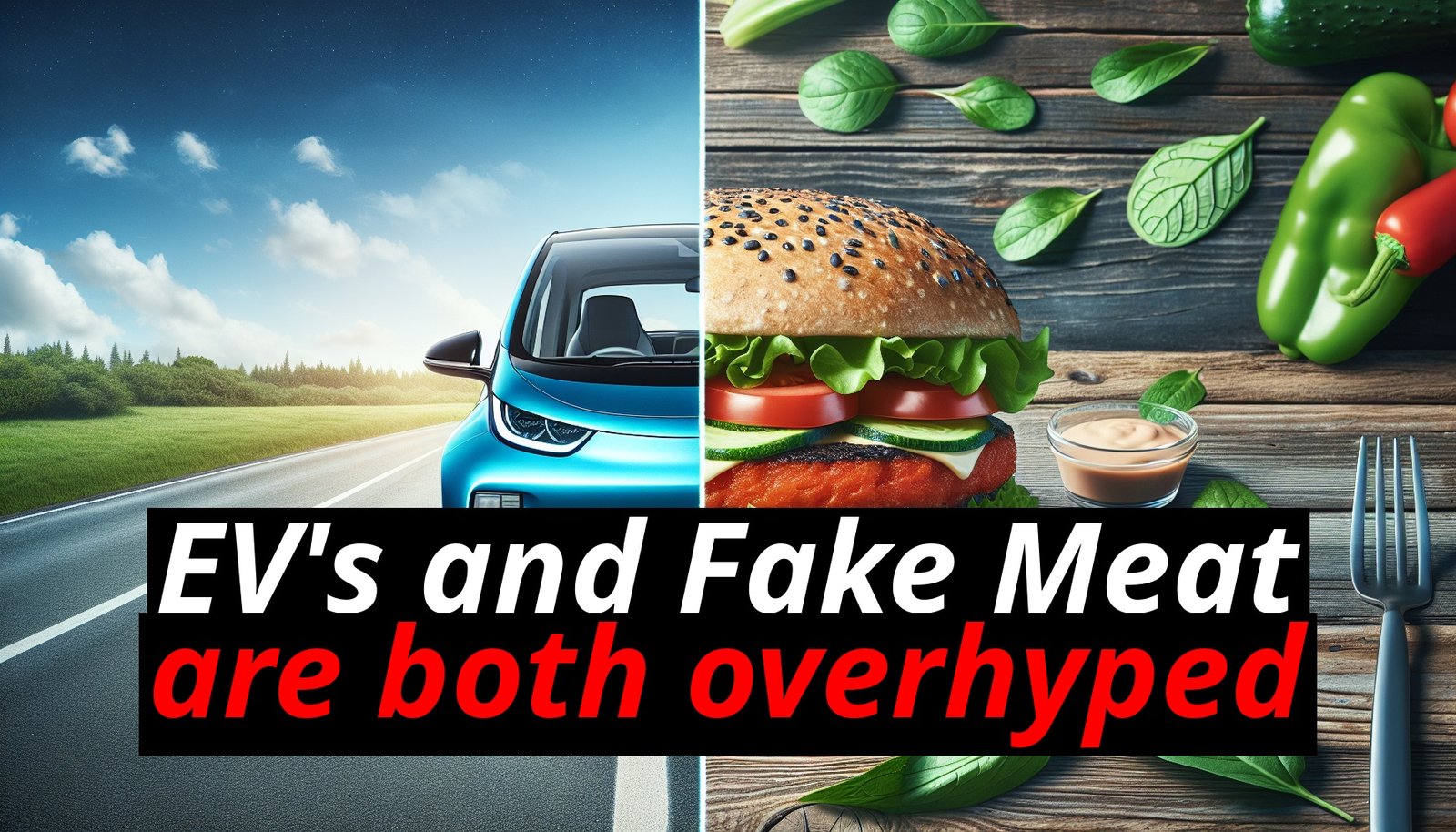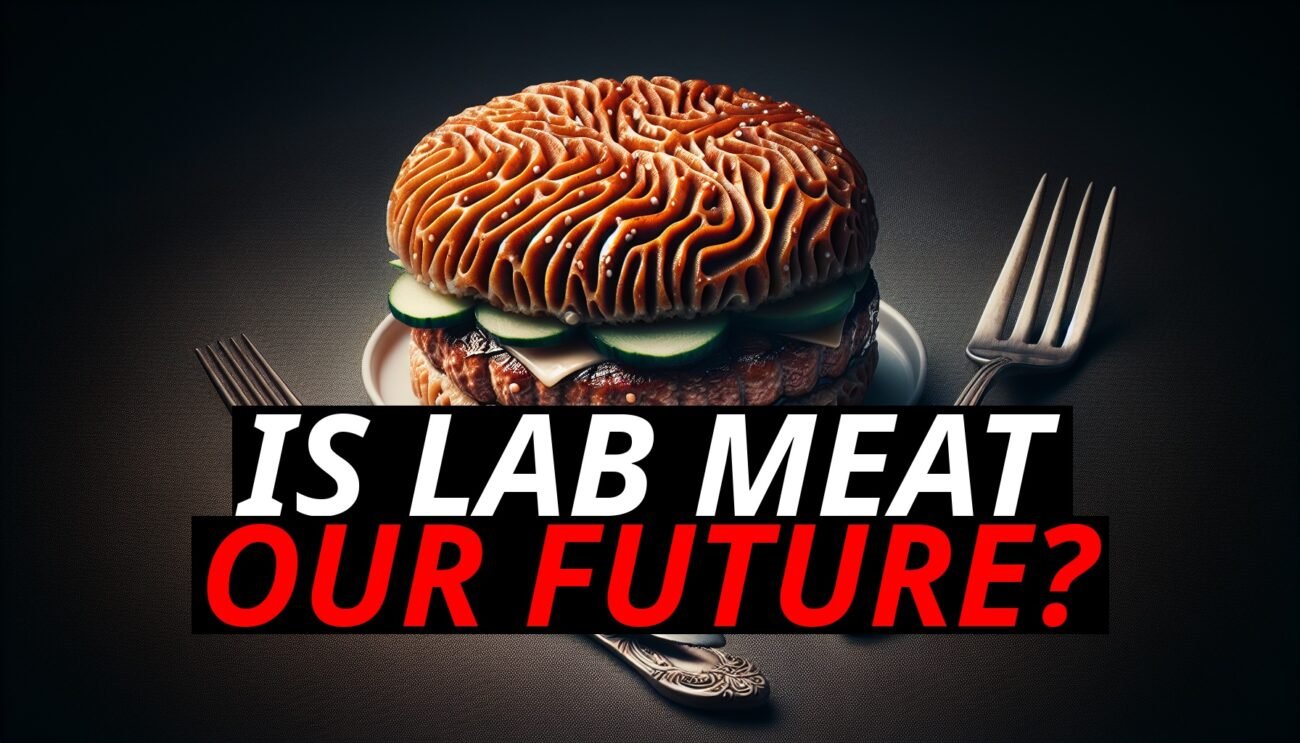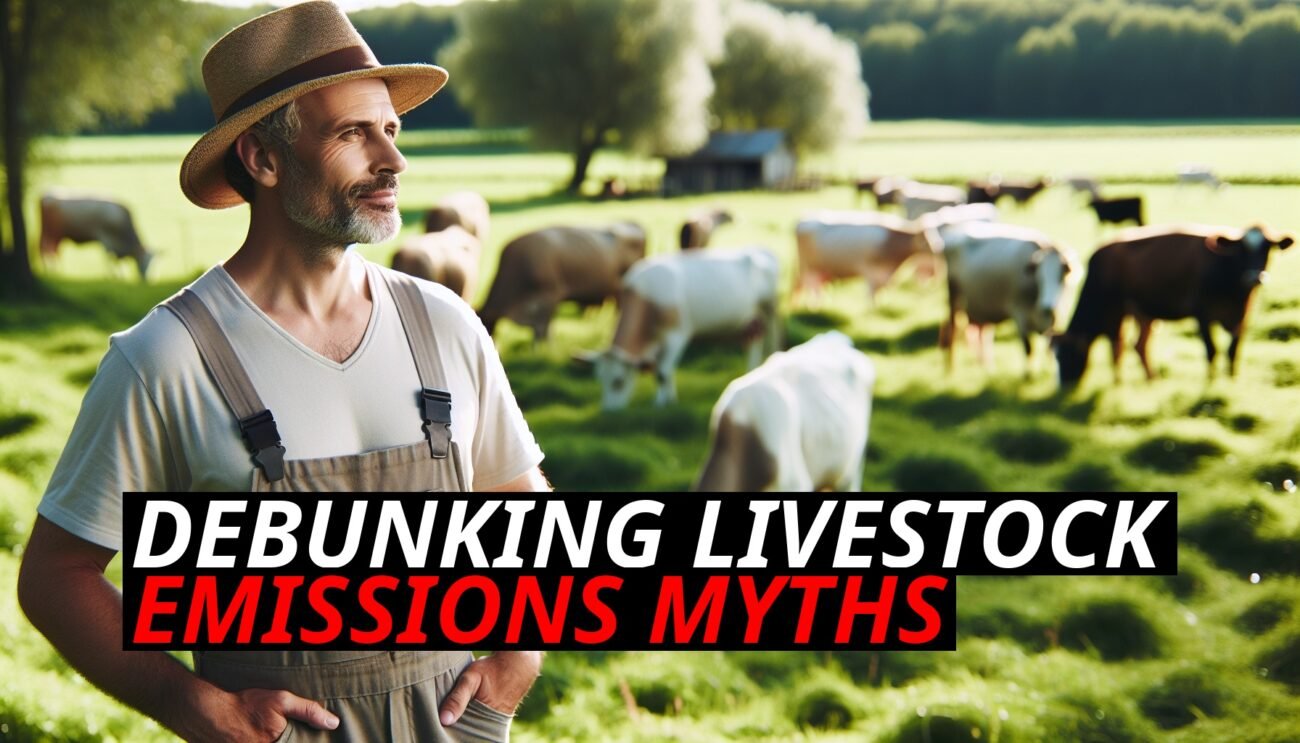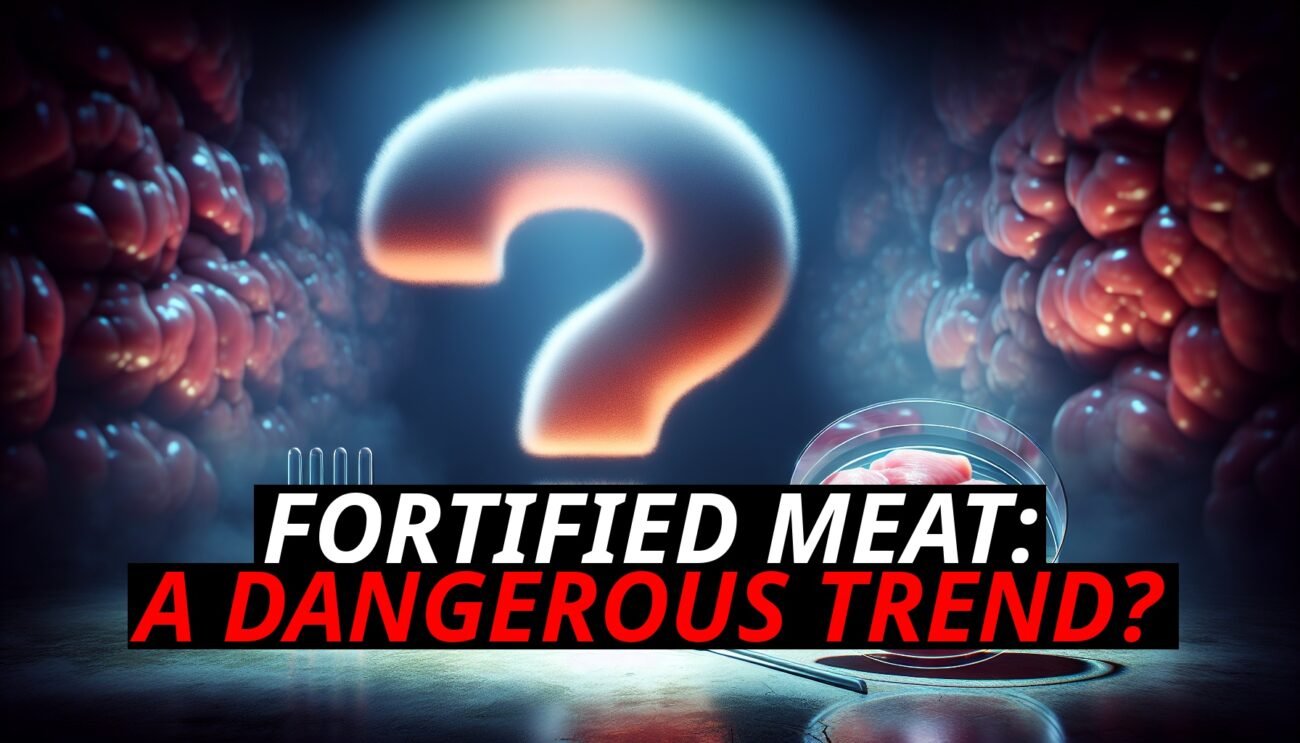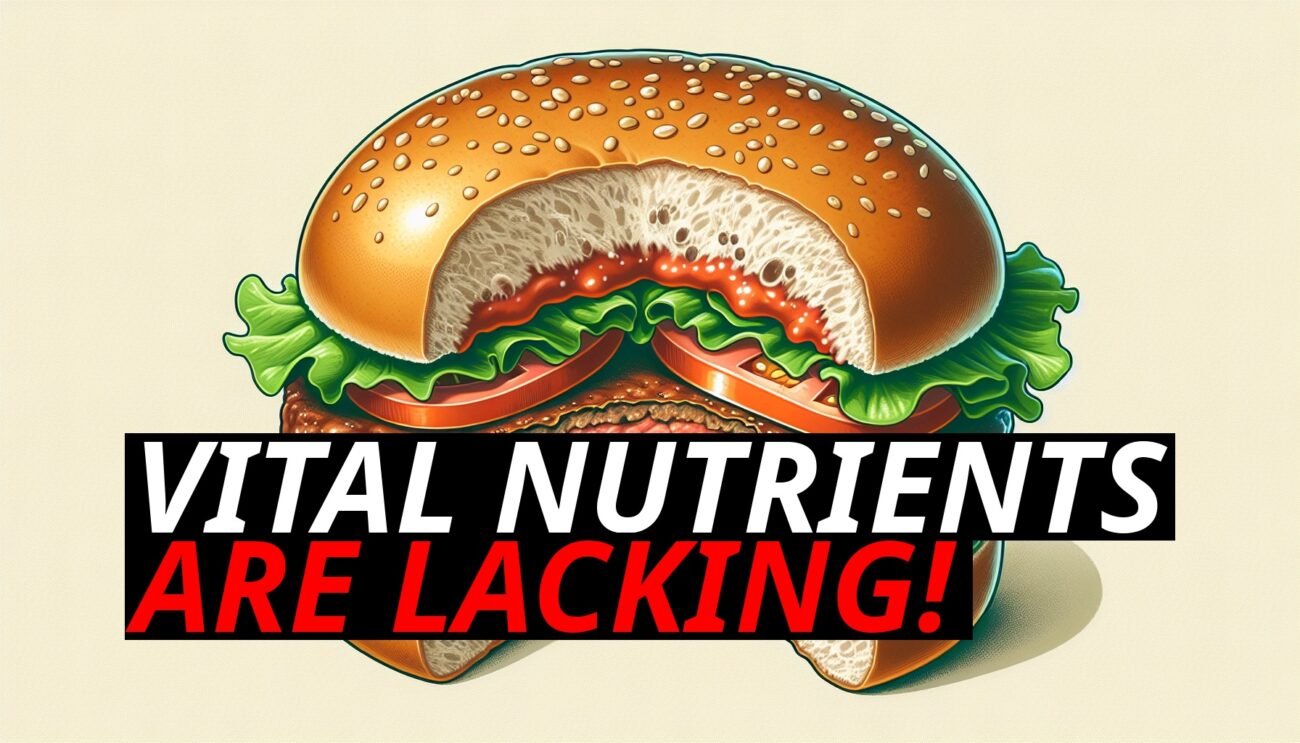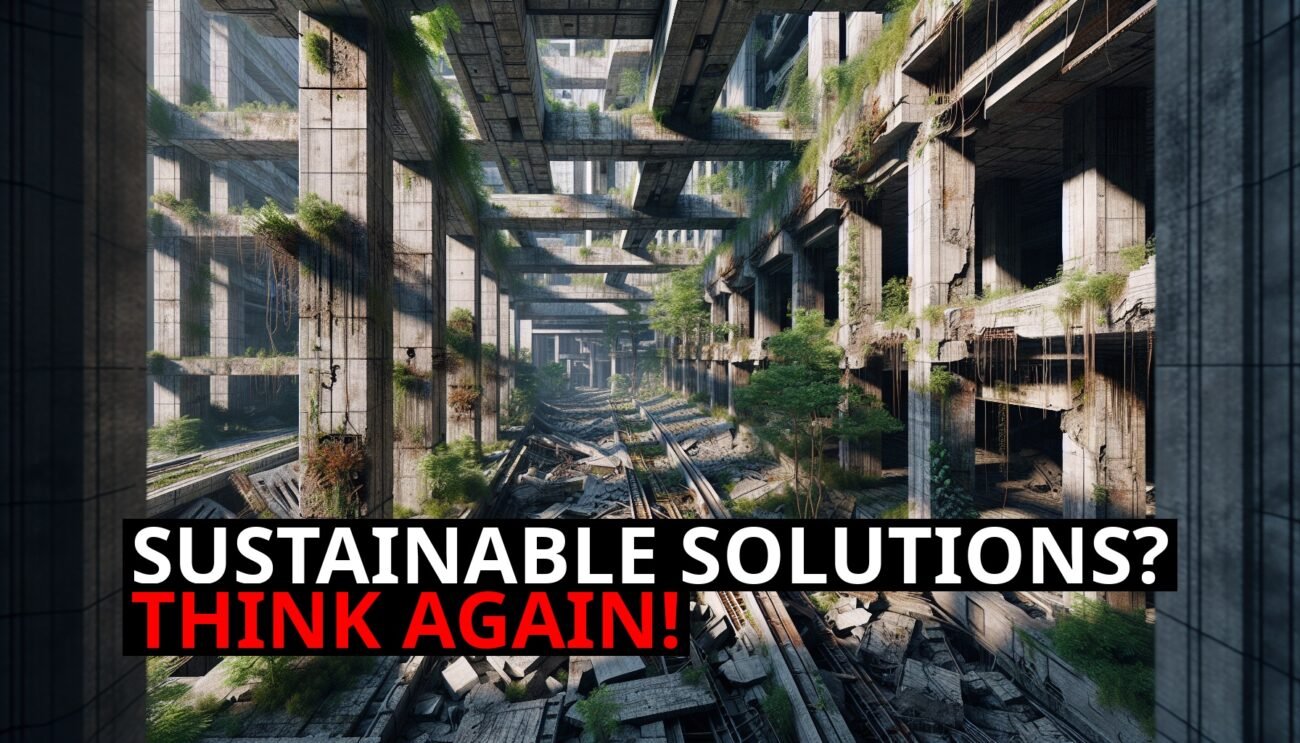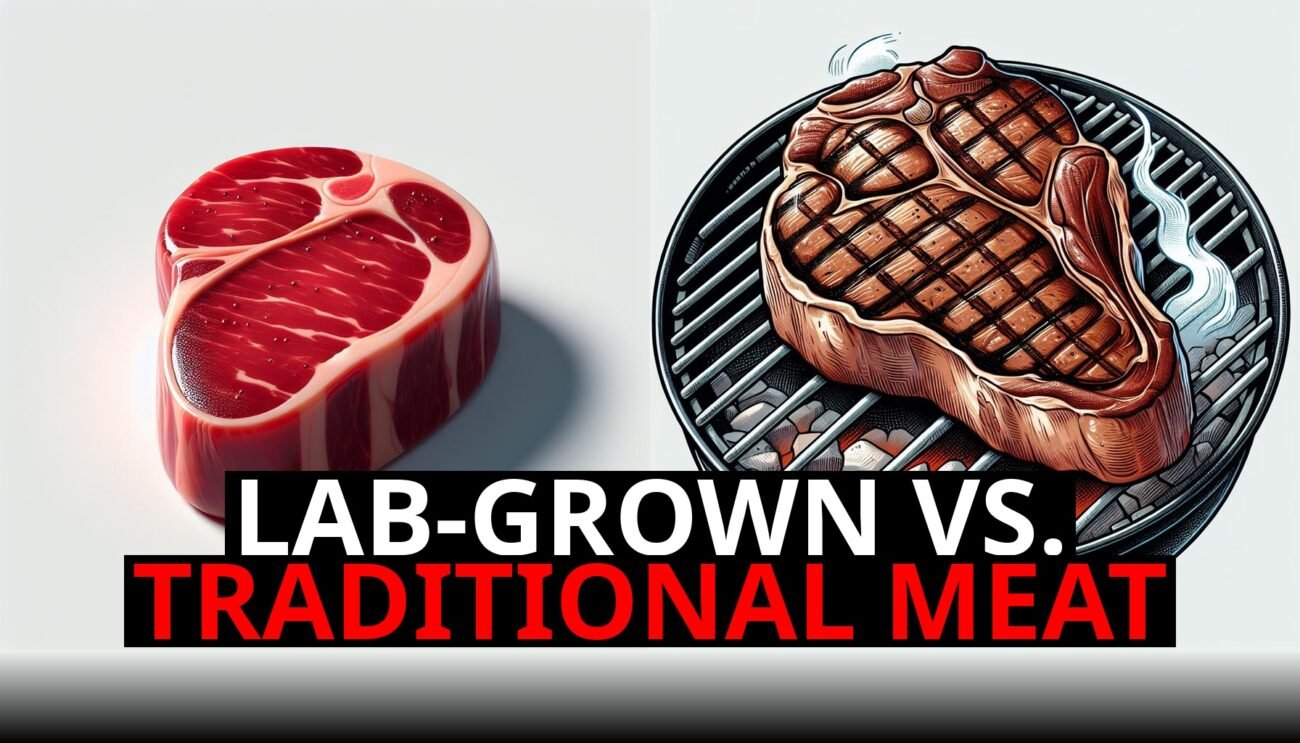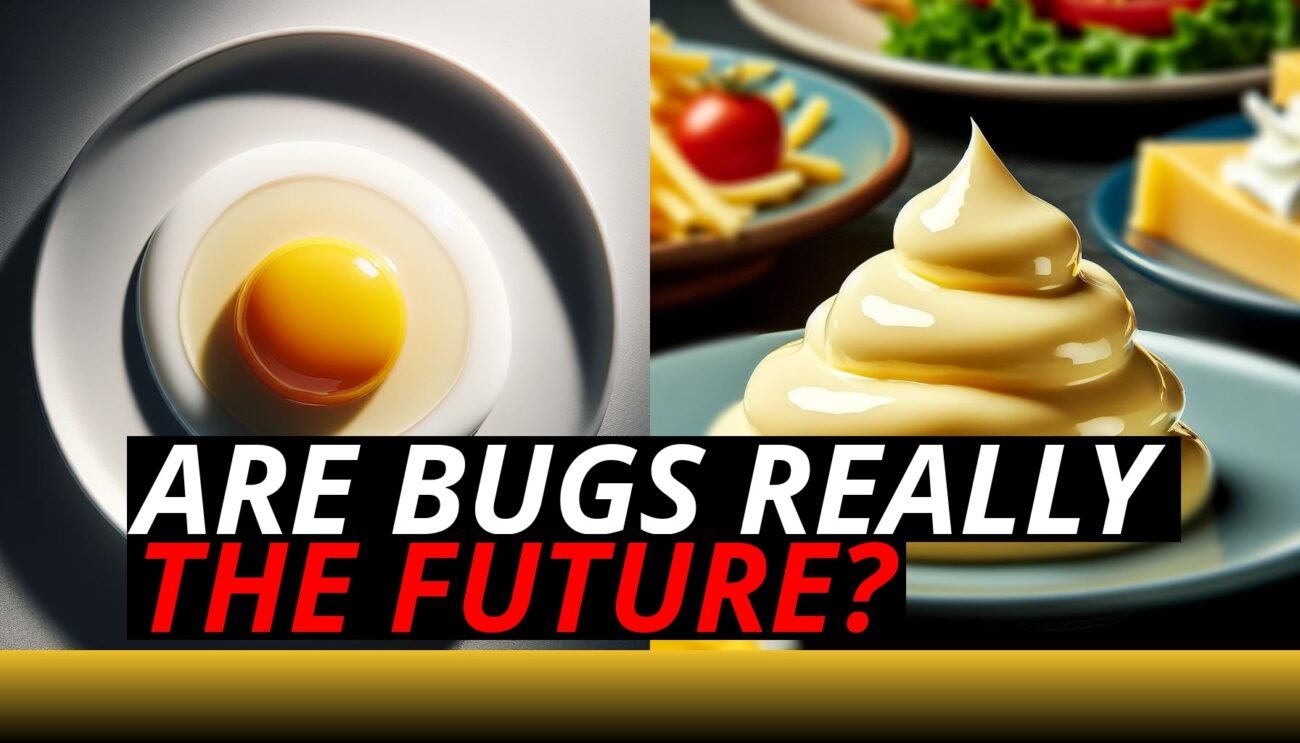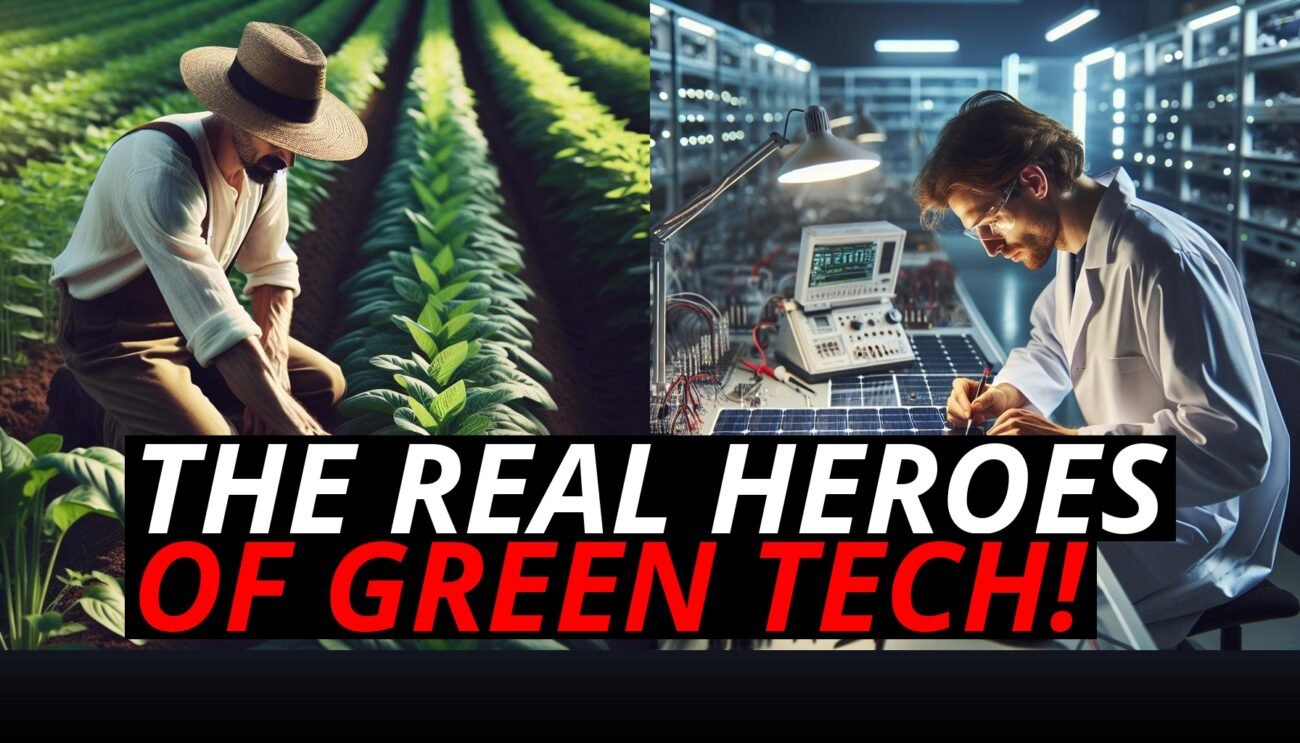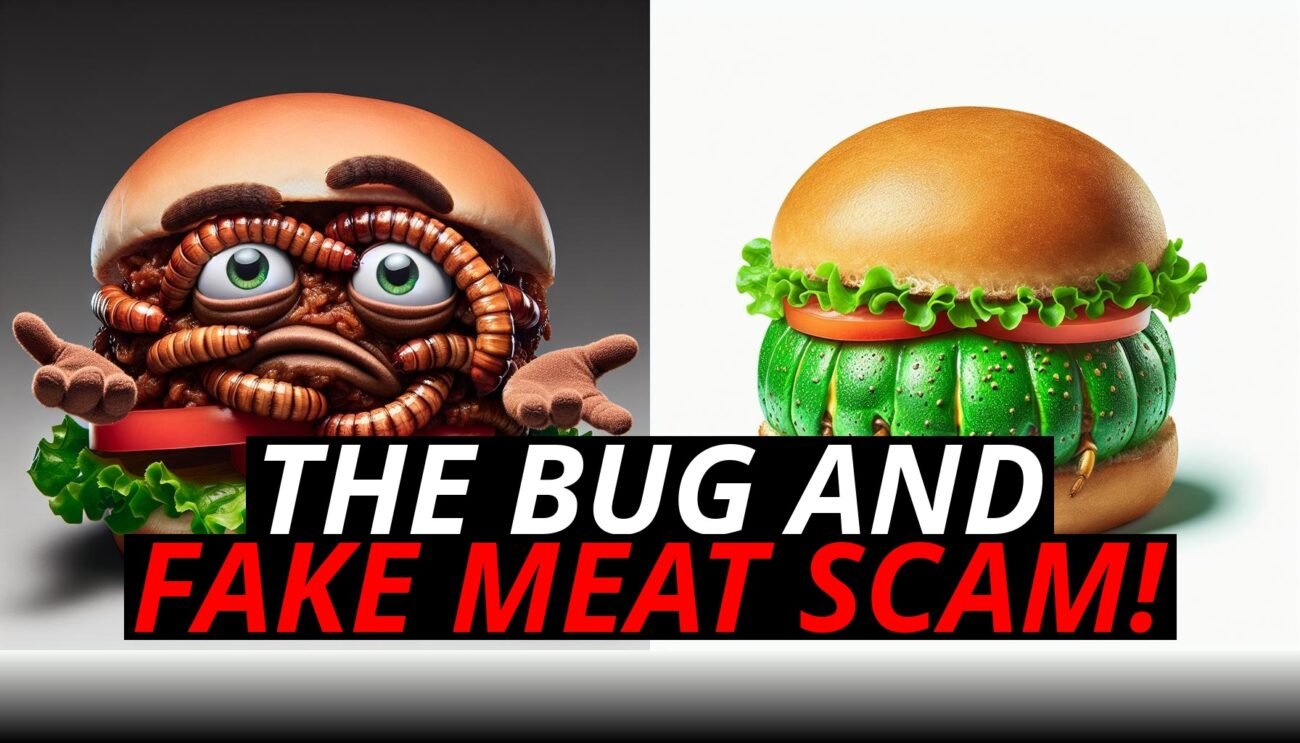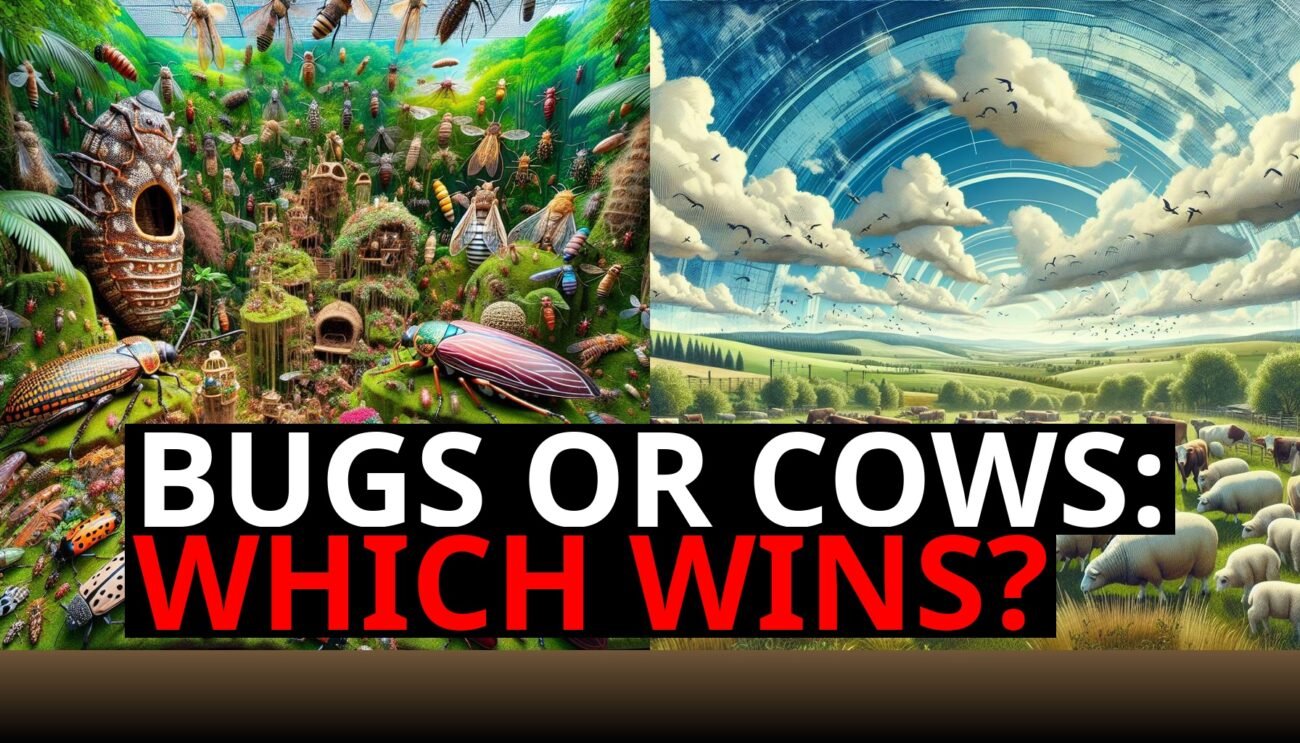Imagine you just bought a shiny new electric car, excited to be part of the green revolution. You pull up to your favorite vegan restaurant and order the latest plant-based burger, feeling good about saving the planet, one bite and drive at a time. But what if we told you that both your electric car and your fake meat burger aren’t the environmental saviors they’re cracked up to be? What if these “solutions” were just overhyped, glossy distractions from real problems—and maybe even making things worse?
Let’s dive into the truth behind these trendy but flawed technologies.
The Electric Vehicle Illusion: Cleaner, Or Just Cleaner Looking?
When electric vehicles (EVs) hit the mainstream, they were marketed as the silver bullet to solve climate change. No more emissions, just quiet, sleek, zero-emission cars gliding down the streets. But here’s the kicker—those benefits aren’t the full story.
Mining Mayhem: The batteries in EVs require lithium, cobalt, and nickel, materials that are mined in some of the most environmentally damaging and exploitative ways imaginable. The mining process destroys ecosystems, pollutes water, and comes with a hefty carbon footprint of its own. It turns out the “clean” electric vehicle isn’t so clean after all.
The Power Grid Problem: EVs need electricity to run, and unless you’re plugging into 100% renewable energy, your car is likely powered by fossil fuels. So, while you’re feeling good about avoiding the gas pump, your EV is still quietly tied to coal, natural gas, or other non-renewable sources.
And let’s not forget about battery disposal. Lithium-ion batteries are difficult to recycle, and when they degrade, they become hazardous waste. It’s like trading one environmental problem for another.
Fake Meat: Real Solutions Or Processed Disappointment?
Now, onto the plant-based food revolution. For years, we’ve been told that eating fake meat is the key to reducing our carbon footprint and saving animals. But just like EVs, the reality behind that vegan burger isn’t as rosy as it seems.
Monocrops and Chemicals: The ingredients that go into fake meat—like soy, peas, and other plant proteins—are grown using monocropping techniques, which degrade the soil, require heavy pesticide use, and strip away biodiversity. Fake meat companies might boast about animal welfare, but the monoculture crops they rely on often come at the expense of healthy ecosystems.
Highly Processed Junk: When you take those crops and process them into something that vaguely resembles a burger, you’re left with a product that’s often heavily processed and full of additives. How is this any better than real meat? For all the talk of “natural” and “sustainable,” fake meat is about as natural as a science experiment, and just like EVs, it’s creating a new set of environmental problems while trying to solve old ones.
The False Promise Of Top-Down Solutions
Both electric vehicles and fake meat are top-down solutions pushed by governments, corporations, and activists who seem more interested in meeting production quotas than solving real-world problems. Politicians love to tout the number of EVs produced or the amount of fake meat hitting grocery shelves, but what about the long-term effects? The result: massive production of things nobody really asked for, and worse, solutions that don’t actually solve much.
Disconnected from Reality: The truth is, many of the people pushing these technologies have never stepped foot on a farm or in a factory. They don’t understand how food, cars, or energy are really made. These elite-driven solutions often overlook the unintended consequences, and that disconnect is driving us further from actual sustainability.
The Developing World Rejects These “Solutions”
If these products were truly world-saving, wouldn’t everyone want them? The reality is that even developing nations—where sustainability could have the most immediate impact—don’t want second-hand EVs or fake meat. They need practical, affordable solutions, not over-engineered tech that’s expensive to maintain and hard to use.
EVs with degraded batteries and fake meat with its processed ingredients aren’t going to help farmers or families in developing countries. Instead, they often become a burden, piling up as waste rather than making any real difference.
What’S The Real Answer?
While EVs and fake meat get all the headlines, real solutions come from bottom-up approaches that focus on practical, sustainable technologies. Regenerative farming, for example, allows animals and crops to work together in harmony, improving soil health, sequestering carbon, and restoring ecosystems. Meanwhile, efficient gasoline cars, combined with efforts to reduce overall consumption, might be a more balanced solution for now, as we transition toward renewable energy in a way that actually works.
The bottom line? It’s time to stop chasing overhyped trends and start focusing on real, tangible solutions that work for both the environment and the average person. Otherwise, we’re just trading one set of problems for another—without solving the ones that matter.

